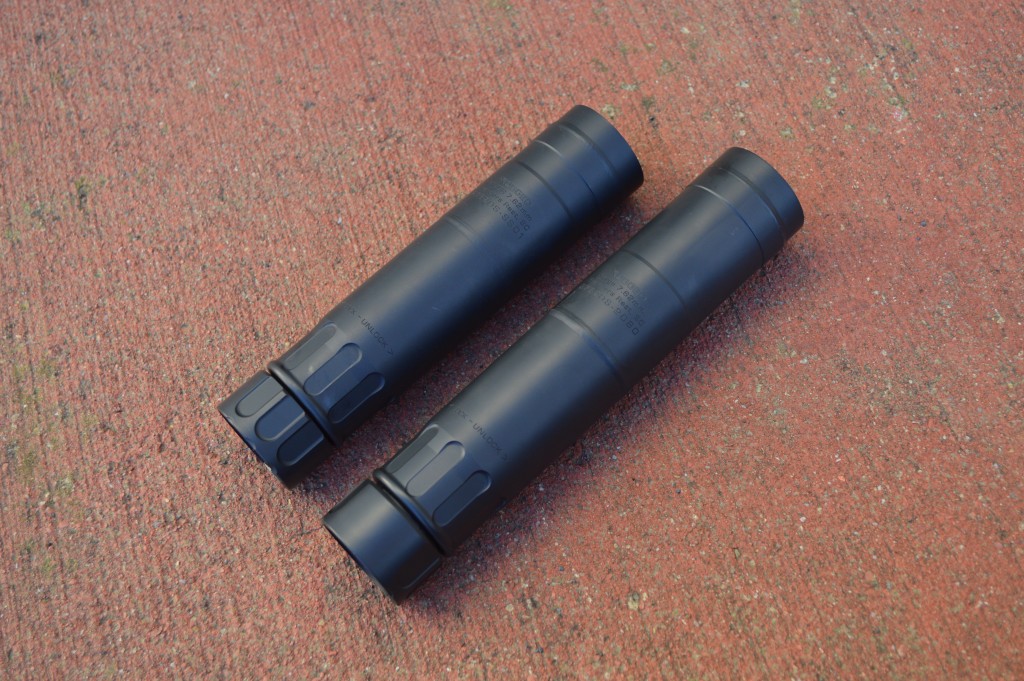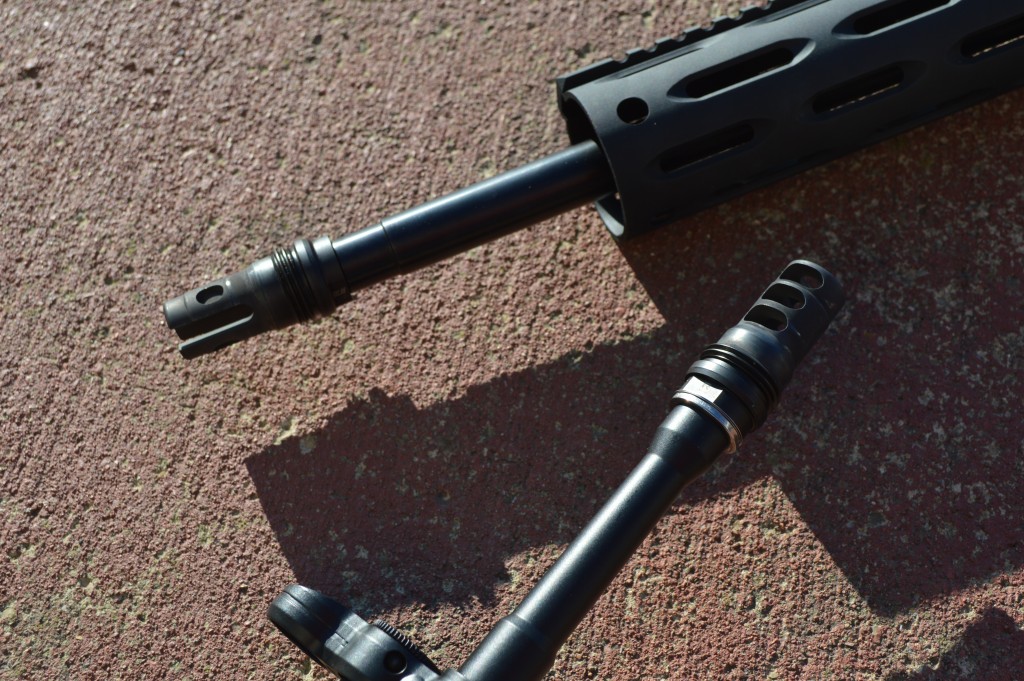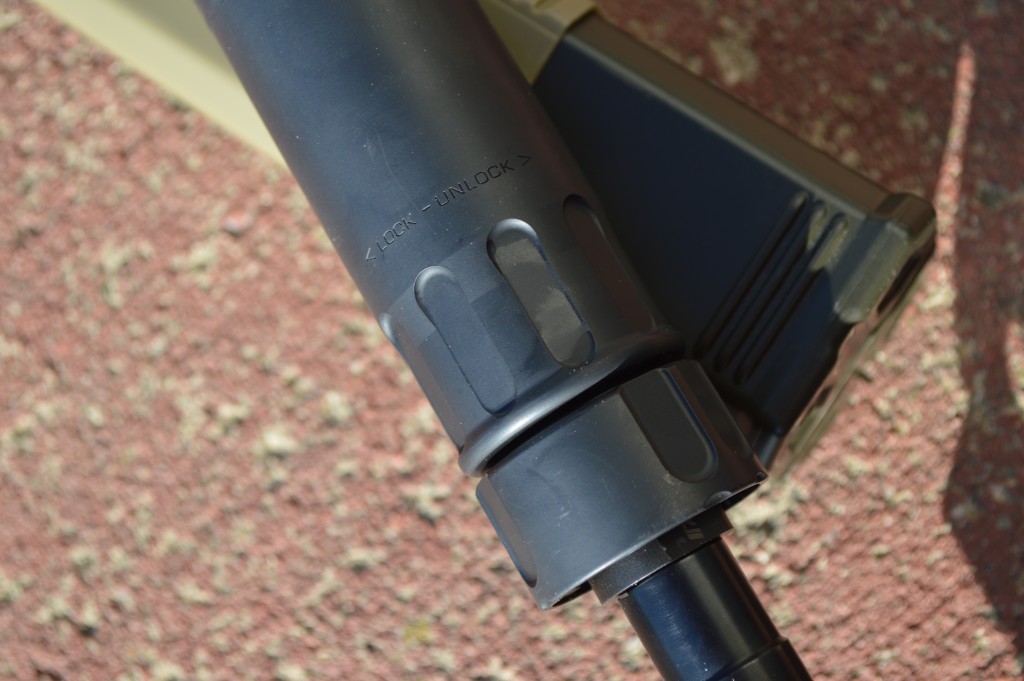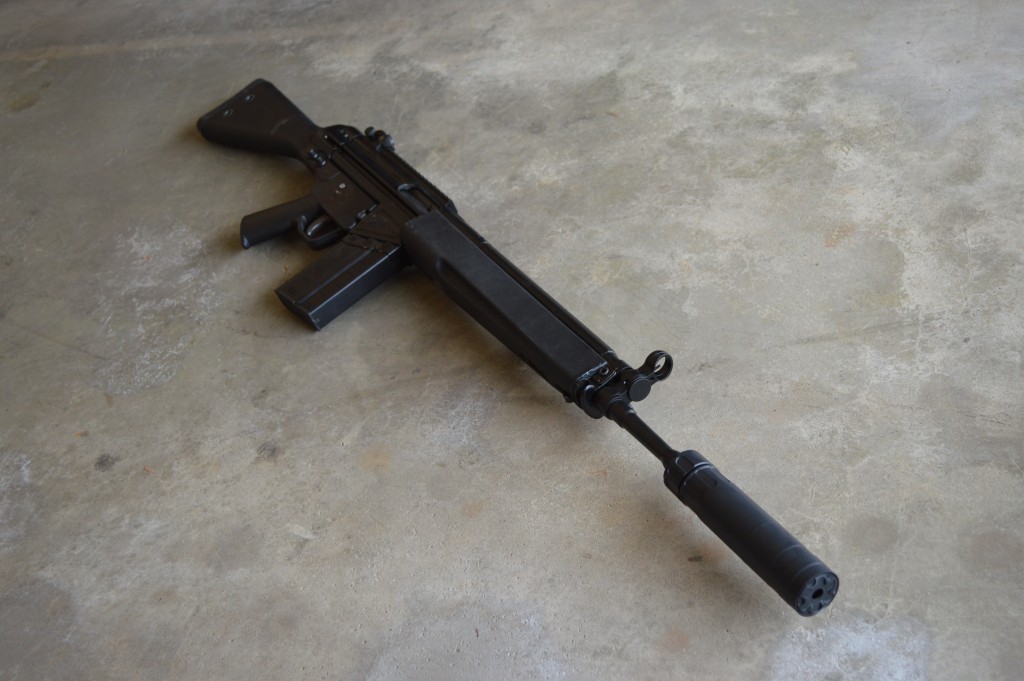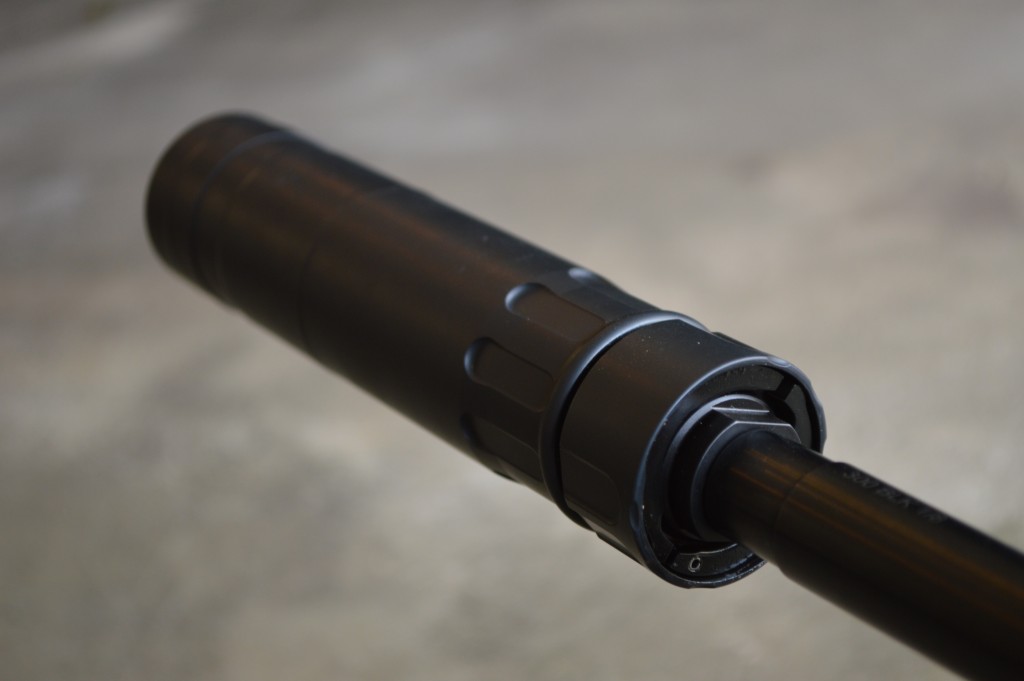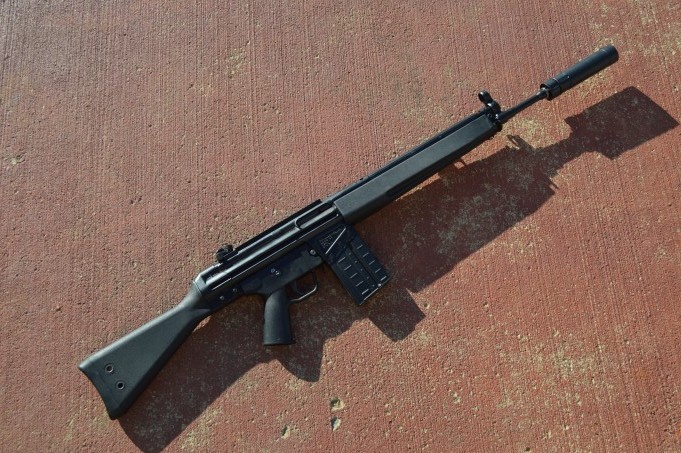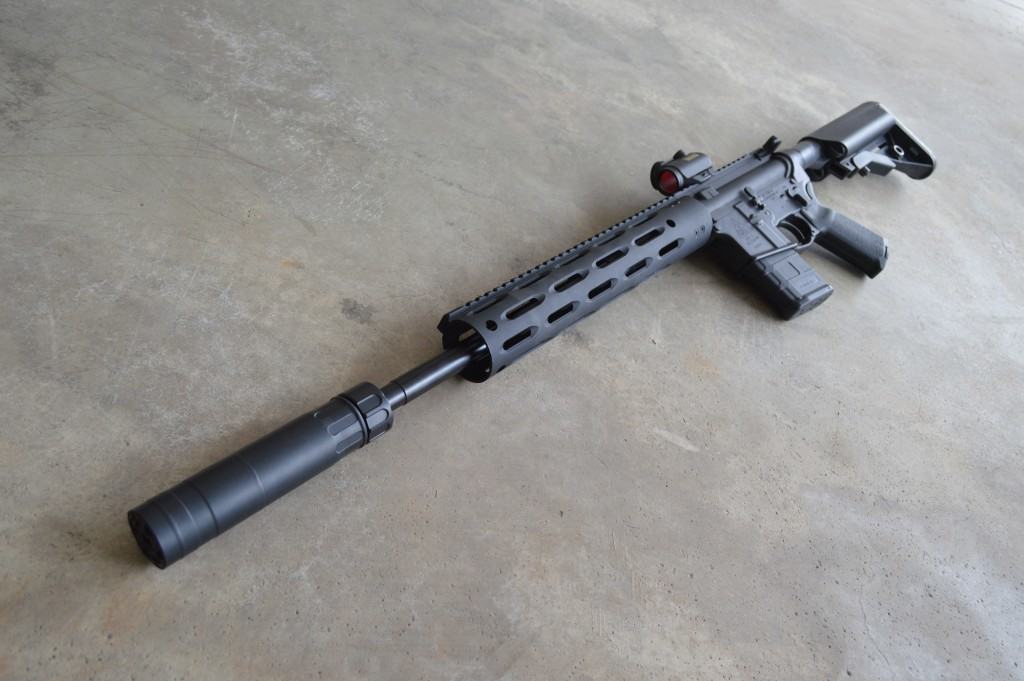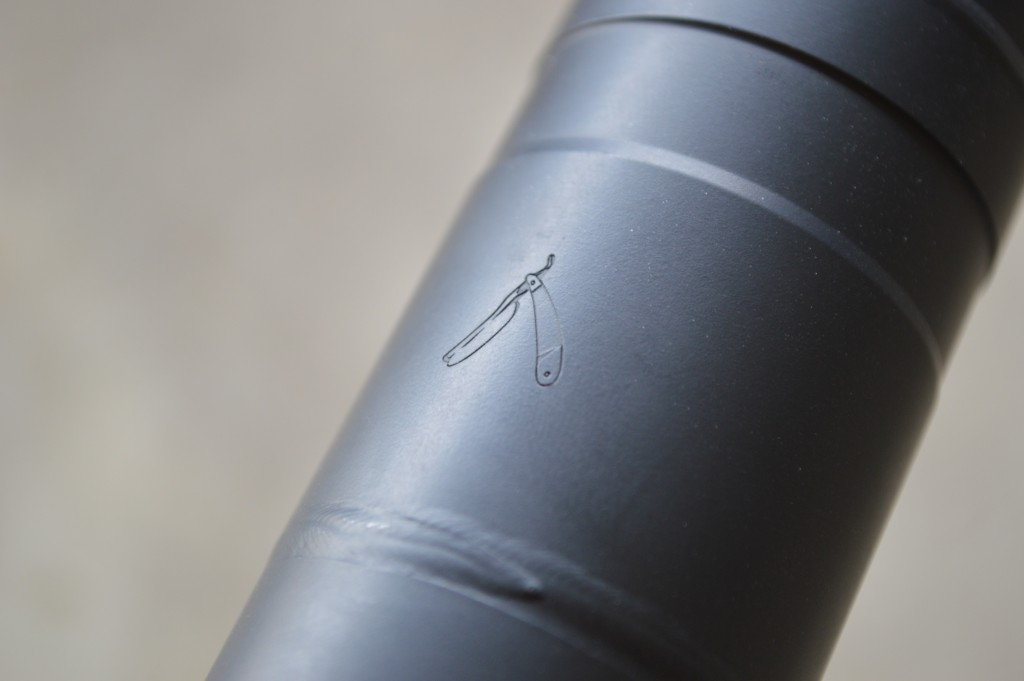Silencer Shop Authority: Rugged Suppressors Razor 762 Review
Just over a year ago, I received an unexpected message from a representative of then-new silencer manufacturer, Rugged Suppressors. In the correspondence, the company indicated that they appreciated the site’s suppressor coverage and they wanted to work with Modern Rifleman on an exclusive article. It was the first time anyone in the firearms industry had reached out with such a proposal for the site and as you might imagine, I was incredibly excited to work with them to introduce their new brand and their first can, the Surge 762. Despite my enthusiasm, I had no clue that this preliminary engagement would be a springboard for Modern Rifleman’s growth into a major player in the world of silencer reviews and information.
Since partnering with Silencer Shop back in August, I’ve actively looked for opportunities to check out Rugged’s offerings. However, each time I considered looking at one of the company’s cans, some other product pulled me away. Last week, I finally got a chance to try a few of their suppressors and today, we will examine the new and impressively compact Razor 762.
Size & Weight
If you’re interested in the Razor, you’ve probably heard that the suppressor is very compact for a .30 caliber can. Still, it is difficult to fully appreciate the Razor’s size without actually seeing it in person. At 1.5“ in diameter and 6.4” in length, Rugged’s newest rifle silencer is certainly one of the shortest Ultra Mag rated suppressors on the market. Considering that most .30 caliber silencers measure somewhere between 7.5” and 9” in length, it is refreshing to use a can as short as the Razor.
The Razor’s condensed length helps to make it one of the lightest suppressors in its category. According to my digital scale, the can itself weighs just 15.3 ounces and the .30 caliber mounts come in at 2.7 ounces. Rugged’s 5.56mm mounts are just a bit shorter and lighter. In a world where the majority of competing silencers tip the scales at around 20 ounces, Rugged’s can feels like a featherweight.
Mounts
The Razor mounts to Rugged’s 17-4 stainless steel flash hiders and muzzle brakes using the company’s Dual Taper Locking System. If you’re familiar with the ASR mounts that Henry Graham developed while with SWR and SIlencerCo, you’ll immediately recognize the influence this previous design had over Graham’s new system. The mounts feature course threads that allow the suppressor to twist on and engage a forward taper to create a gas seal. Securing the can is as simple as twisting the locking collar at the rear of the Razor itself, which forces arms inside the tube to clamp down on the mount’s rear taper. Since all lock up is performed using tapered surfaces, the mounting system is free of any obvious wear points.
Once attached, the Razor is secure and wobble-free, but I did notice that the suppressor does have some rotational play if enough force is applied. In fact, attempting to disengage the locking collar often rotates the entire can just a few degrees before breaking loose. This is more of a minor annoyance than a real issue, but it does complicate one hand removal of the Razor.
It is worth noting that the muzzle devices themselves perform admirably, especially the three port brake. Fastened to my PTR-91 A3R from Atlantic Firearms, the brake significantly dampened the rifle’s harsh recoil impulse. If I had to draw a comparison, I would say that the brake made the PTR feel much like a .300 BLK or 7.62×39 AR-15, rather than a heavy-hitting .308 battle rifle. Those who want the muzzle brake will need to purchase it separately, as the Razor comes with a 3-prong flash hider.
Materials & Design
Living up to its Rugged moniker, the Razor 762 is constructed of both 17-4 stainless steel and Stellite. Like the larger Surge 762, the Razor features a fully Stellite baffle stack which not only is the hardest material currently used in suppressors, but is also largely why Rugged calls the Razor “Belt Fed Rated”. The rest of the suppressor, including the tube, mounting interface, and front cap, is entirely 17-4 stainless steel.
When Rugged Suppressors set out to design the Razor, making the can short and relatively light were only two of the requirements; the company also wanted it to have great tone and minimal backpressure. In order to achieve these goals, it appears that Rugged set out to maximize the can’s internal volume.
Peering down the tube, I was surprised to see that the Razor has just three ported, conical baffles. I am used to seeing baffle stacks of five or more in most rifle suppressors, but baffles take up space and add weight. Adding one or two more cones might have lowered SPL readings at the muzzle, but the can would be heavier and would likely generate more backpressure. As a subjective rule, more voluminous silencers often sound better than their decibel ratings might indicate.
As has become commonplace for suppressors, the Razor features a removable end cap. Rugged sells a cap with a 5.56mm aperture for users who want to shave a few more decibels, but the accessory is not absolutely necessary. As someone who has a history of forgetting to swap back to the larger cap, I think I would just run the suppressor with the .30 caliber aperture at all times.
Range Report
By now, the word is out from other early testers that the Razor’s tone is incredibly agreeable for a suppressor of its size. Mounted on both my .308 PTR-91 and my .300 BLK AR-15, the Razor held its own against the 7.5” rendition of its larger, modular brother. In fact, while the Surge 762 was perceptibly quieter with subsonic .300 BLK, two other shooters that joined me at the range agreed that the Razor’s lower pitch was pleasing enough that it actually “sounded better”. This paradox also held true on the .308 PTR. None of this is to say that the Razor is “better” or truly quieter than its stablemate; it’s not. According to Silencer Shop’s testing, the Razor is a 133 dB (137 dB at ear) can with .300 BLK and a 144 dB (134 dB at ear) suppressor with .308. These are noticeably higher SPLs than the Surge. However, the Razor sounds good enough that I would strongly consider it if weight and length were among my priorities and I would not feel shorted by the performance it offers.
Part of the reason that the Razor sounds so good seems to be the way it directs gas forward out of the muzzle, rather than back towards the action. On the video, you may see that each round is accompanied by a cloud of smoke that leaves the end of the can. On other, gassier suppressors, I’ve not noticed quite as much gas leaving the muzzle; rather it often exits through the ejection port or out the back of the receiver and into the user’s face. Jettisoning hot gas as the Razor does may come with an attenuation penalty near the muzzle, but it also makes using the silencer much more enjoyable for the shooter.
Conclusion
It’s understandable that many shooters will look at the Razor and be turned off by the fact that other cans outperform it on a meter. After all, merely getting permission to own the suppressor costs $200 and months of waiting, so it only makes sense to want the best sound reduction possible. However, there is far more to suppression than simple meter results and in these other areas, the Razor has much to offer.
As the lightest and shortest can of its type, the Razor nearly disappears on some rifles, or is at least far less obtrusive than full-size .30 caliber cans. Despite my criticism of the rotational play exhibited by the Dual Taper Lock mounts, the system’s lack of significant wear surfaces signal better longevity and a marked improvement over Graham’s previous ASR design. Though it is technically louder than some of its rivals, the suppressor narrows the perception gap with excellent tone and very low backpressure.
Unless you’re absolutely married to suppression numbers, the Razor 762 by Rugged Suppressors is deserving of a serious look. It lacks the modularity of its predecessor, but sounds nearly as good (or perhaps better in some situations) and comes in a good bit cheaper. Prospective buyers can find the Razor 762 at Silencer Shop for between $800 and $850, depending on Powered By dealer pricing.
This has been a review of products offered by Silencer Shop. All opinions are my own.
An information security professional by day and gun blogger by night, Nathan started his firearms journey at 16 years old as a collector of C&R rifles. These days, you’re likely to find him shooting something a bit more modern – and usually equipped with a suppressor – but his passion for firearms with military heritage has never waned. Over the last five years, Nathan has written about a variety of firearms topics, including Second Amendment politics and gun and gear reviews. When he isn’t shooting or writing, Nathan nerds out over computers, 3D printing, and Star Wars.



